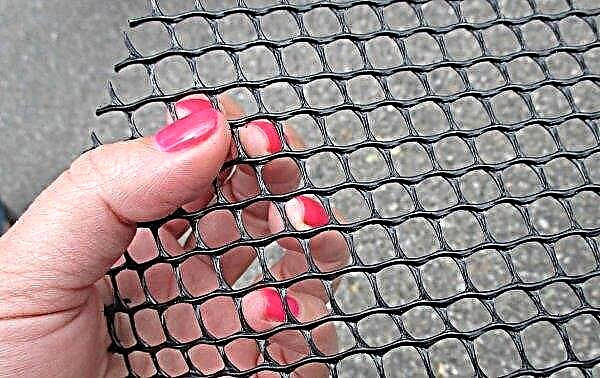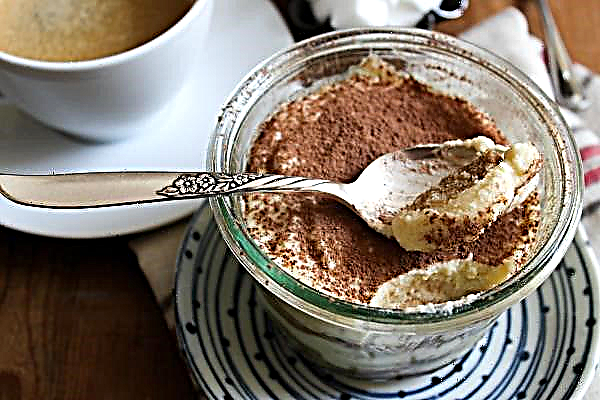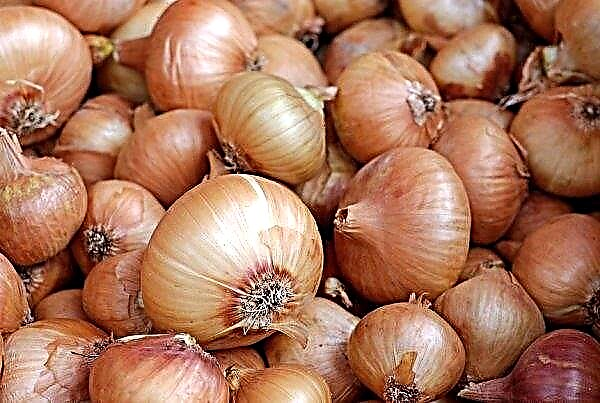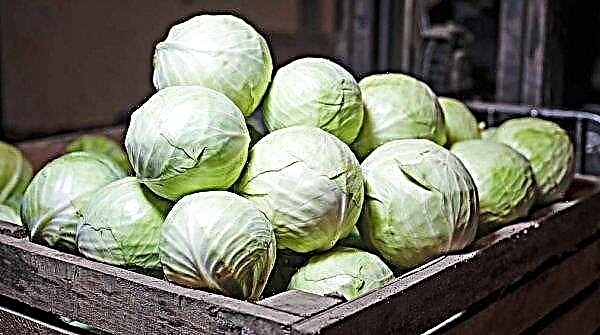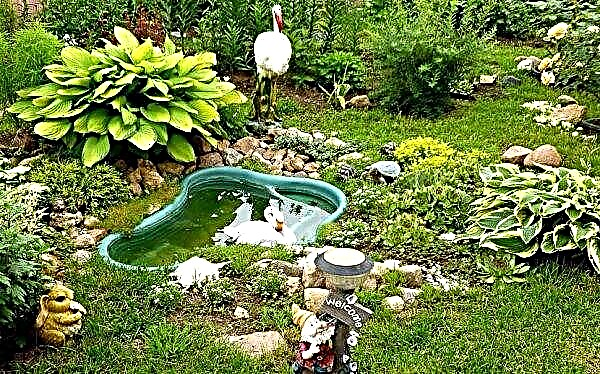Many gardeners prefer to grow violets at home, however, they may face the fact that the plant does not bloom. In order to resolve this problem, you must familiarize yourself with the rules for caring for them.
Why violets do not bloom or bloom poorly at home
There may be several reasons why violets do not bloom. You need to know them and check the lighting, humidity, soil and fertilizer quality, as well as adjust the amount of watering and eliminate pests. Let us describe in more detail what is the secret of successful flower care.
Low light
Being one of the most common reasons for the lack of flowering, the level of lighting is due to the territorial location of the pot with the plant. So, it must be installed where it will be possible to stay at least 12 hours a day under continuous lighting. In this case, direct sunlight should be avoided. In summer, you should place the violet on the windowsill, which is located on the north side of your home. The northwestern and northeastern parts will also be acceptable. If for some reason you can’t give the flower access to natural light, it is recommended to resort to the installation of artificial lighting. In winter, it is better to place a violet in the southern or western part of the apartment.
In summer, you should place the violet on the windowsill, which is located on the north side of your home. The northwestern and northeastern parts will also be acceptable. If for some reason you can’t give the flower access to natural light, it is recommended to resort to the installation of artificial lighting. In winter, it is better to place a violet in the southern or western part of the apartment.
Low humidity
Since the violet is a tropical plant, its content in indoor conditions should include an increased level of humidity, reaching 60–70%. Arid climate negatively affects both flowering and the general condition of the plant. It depletes the leaves, causing them to twist and dry. To increase humidity, it is recommended to use a humidifier or simply place containers with water near the pot.
Important! The most comfortable for violet will be the air temperature + 16 ... + 21 ° С.
In addition, there are several other ways to increase the percentage of humidity. The most common is the method of setting a pot with violet in a pan or baking sheet with expanded clay or sphagnum. At the same time, the container should be filled with water by 2/3. It is also possible to increase the required indicator by spraying the flower or washing its leaves with warm water once a month. However, it should be understood that excessive humidity and the absence of fresh air can cause fungal infections.
Wrong pot selected
In order for violets to feel comfortable and there are no problems with their flowering, it is necessary to choose the right capacity for them. So, it should be noted that during the growth of their roots tend up. This is due to the fact that there is more air on the surface that flowers need so much. It is advisable to choose a pot for violets, based on data on its size and age. So, for growing young growth, a small container with a height of 5 cm and a diameter of 5 cm is suitable. At the next transplant, when the plant grows up, the dimensions of the new pot should be 2 cm larger. When the violet reaches its maximum size, it is transplanted into a container whose diameter and depth should be 9 cm, respectively. In addition to the dimensions of the container, it is also important what material it is made of. So, a plastic pot, although it is considered the most durable, lightweight and flexible, but its texture prevents the penetration of air.
At the next transplant, when the plant grows up, the dimensions of the new pot should be 2 cm larger. When the violet reaches its maximum size, it is transplanted into a container whose diameter and depth should be 9 cm, respectively. In addition to the dimensions of the container, it is also important what material it is made of. So, a plastic pot, although it is considered the most durable, lightweight and flexible, but its texture prevents the penetration of air.
This problem can be leveled using a special pallet or by making holes in the tank. A ceramic pot has a disadvantage associated with the movement of air. In addition, although it can be purchased at a lower price than plastic, it is quite heavy and loses its appearance over time. But to contain violet in such a container is quite acceptable.
Important! Remember, an incorrectly selected large pot can cause souring of the root system, as well as prevent the flowering from beginning, delaying it for at least 2 years.
Poor quality soil
One of the most important factors that have caused violets to stop blooming is the quality of the soil. So, the substrate used should consist of perlite, sphagnum moss and charcoal. Perlite is a baking powder of gray or white color, if necessary replacing sand. For violet, this silica should have a granular rather than a powder fraction. The most suitable mixture will be soil, including 4 parts of leafy soil and 1 part of sand and peat. It is also advisable to use coniferous land. Litter can be made from it and placed at the bottom of the pot. Such soil has an acidity of 4–5 pH. In leafy land, this indicator is slightly higher and reaches 5–6 pH. You can also use compost and vermicompost.
The most suitable mixture will be soil, including 4 parts of leafy soil and 1 part of sand and peat. It is also advisable to use coniferous land. Litter can be made from it and placed at the bottom of the pot. Such soil has an acidity of 4–5 pH. In leafy land, this indicator is slightly higher and reaches 5–6 pH. You can also use compost and vermicompost.
Did you know? According to folk signs, when the violet fades, it is necessary to calculate the number of remaining flowers. If it turned out an even number, then it promises a profit, and if it is an odd number, it means losses.
Incorrect watering and fertilizing
Important factors are watering and feeding the plant. Violet needs to be watered to prevent waterlogging of the soil. In addition, it will be inappropriate to dry the earth in a pot and use cold, not settled water for its irrigation. There are several methods of watering a plant.
Let's consider them in more detail:
- Watering from above. During the procedure, it is necessary to pour water from above so that it does not fall on the leaves. The presence of drops in the pan indicates that the plant is saturated with moisture. After this, you can stop the water procedures and pour the liquid from the sump.

- Watering through the pan. Water is poured in a saucer under the pot, and after the plant absorbs the required amount of liquid, the residues are poured.

- Defended water is poured into a wide basin and a pot of violet is lowered into it for several minutes, after which it is moved to its usual place.

- Wick watering. This method is relevant for those gardeners who care not for a single plant, but for a greenhouse, for example. It is the most energy-intensive and requires the installation of special drainage and equipment, and its essence is that the plant independently regulates the amount of fluid consumed. This can be achieved thanks to a thin cord located in a circle between the layers of drainage and soil. The other end should be left in a container filled with water, which is placed under the pot.

As for fertilizers, they are best purchased at a flower or other store. There are many fertilizers designed specifically for this flower, we describe the effect of some of them. To strengthen the peduncles, you can use Brexil Calcium. It must be diluted in 1 liter of water, adding 0.5-1.5 g. Then you need to mix the ingredients and spray them with the plant. This procedure is done before flowering in 1.5–2 months. Repeat it after 2 weeks.
It is recommended to feed the plant weekly. But in this case, it is extremely important not to overdo it with nitrogen in the composition of the fertilizer, since its action is aimed exclusively at the formation of the crown, and not flowering. You run the risk of getting many leaves in the absence of flowers.
Important! In winter, you should not leave the violet on a cold windowsill, because this will provoke hypothermia and death of the roots.
Diseases or pests
It is hard not to notice the appearance of pests and diseases to an attentive gardener, it is only necessary to take timely measures to eliminate them.
Here is a list of the most common diseases:
- Powdery Mildew White plaque begins to spread to the stems and leaves due to the poor climatic conditions in which the flower is located. Low temperature and lack of lighting are the reasons for the appearance of such a disease. This trouble can be eliminated with the help of “Fundazol” and “Benlat”. In addition, preventive measures should be carried out by wiping parts of the plant prone to damage with a wet sponge and ventilating the room.

- Fusarium - a fungus that originates on the roots of the plant from an excess of moisture. Its appearance can also provoke cold watering. In addition to stopping flowering, the violet begins to shed its leaves.

- Gray rot. It is a gray-brown coating covering the leaves and flowers of the plant. It may be due to temperature changes and excess moisture. It is recommended to trim the affected parts and treat the violet with fugicides. If it cannot be saved, then the flower should be disposed of with the earth.

Among the most common pests are the following:
- Worm. He bites the leaves of the plant, which is why they are covered with small red spots. Wormworm females do not live on the surface, but in the soil of the pot. If you treat the violet with Fitoverm or Aktellik and transplant it, cleansing the roots and treating Aktara from the atomizer, then it will continue to grow. Otherwise, the flower will die.
- Mite. The consequences of the presence of this pest can be dried leaves of the plant. In addition, depending on the type of tick on the leaves, spots of a characteristic color may appear: red, yellow and others. You can eliminate this problem with the help of drugs such as Actellic or Acarin.
- Aphid. Eating plant juice, it violates the integrity of the buds and flowers, and also affects the buds. In order to get rid of it, use “Actellik” or “Mospilan”.
Did you know? Violets were first found in a mountain range called Usambara, located in East Africa. Today, their largest manufacturer is the company "Optimara".
What to do and how to make violets bloom
In order for the violet to bloom almost all year round, the following conditions must be met:
- choose a pot of the appropriate size;
- provide the plant with 12-hour lighting;
- buy special soil;
- set the humidity in the room 60–70%;
- choose the appropriate watering method;
- pick a fertilizer that promotes flowering;
- to prevent diseases;
- timely eliminate pests;
- eliminate drafts;
- to maintain the necessary temperature for laying flower stalks at + 15 ... + 16 ° С;
- timely remove dead processes and wilted leaves.
Video: how to make a violet blossom
If you fulfill all these conditions, and the flowers still do not appear, it is recommended to cut off all the lower leaves, while maintaining 6-7 upper leaves, and leave the plant for 2 hours. Then transplant it into a new land and leave it in a dark, cool place for 4 weeks. Watering is done only 1 time. After this, it is necessary to provide him with the conditions described above. This procedure is repeated if the violets have not bloomed.
Did you know? Violet is used as a raw material for creating perfumes in Italy. So there was a new fragrance called "Vera Violetta", made according to an old recipe of 1870.
Preventative measures
To prevent violets from wilting, it is necessary to carry out preventive measures:
- Keep the violet clean.
- In the autumn, treat the plant with Fundazole to prevent the appearance of fungal diseases.
- Before processing, wipe the violet leaves with a damp sponge.
- Do not ventilate the room after spraying or watering the flower.
- Do not water the violet a few days after transplanting so that the wounds on the roots heal.
- Avoid too much nitrogen in the fertilizer.

Useful Growing and Care Tips
When the violet begins to bloom, it is also necessary to maintain this state. To do this, you should timely get rid of wilted leaves and peduncles. And after this period ends, it is necessary to transplant it. Since violet prefers diffused light, you can create it yourself by closing the window with a curtain. The lack of lighting should be compensated by placing the pot under a fluorescent lamp.
If the violet for a long time has no signs of the appearance of peduncles or they do not bloom, then this indicates improper care and maintenance. After reviewing the information on how to stimulate and prolong flowering, you can provide the plant with comfortable conditions and achieve the desired result.














